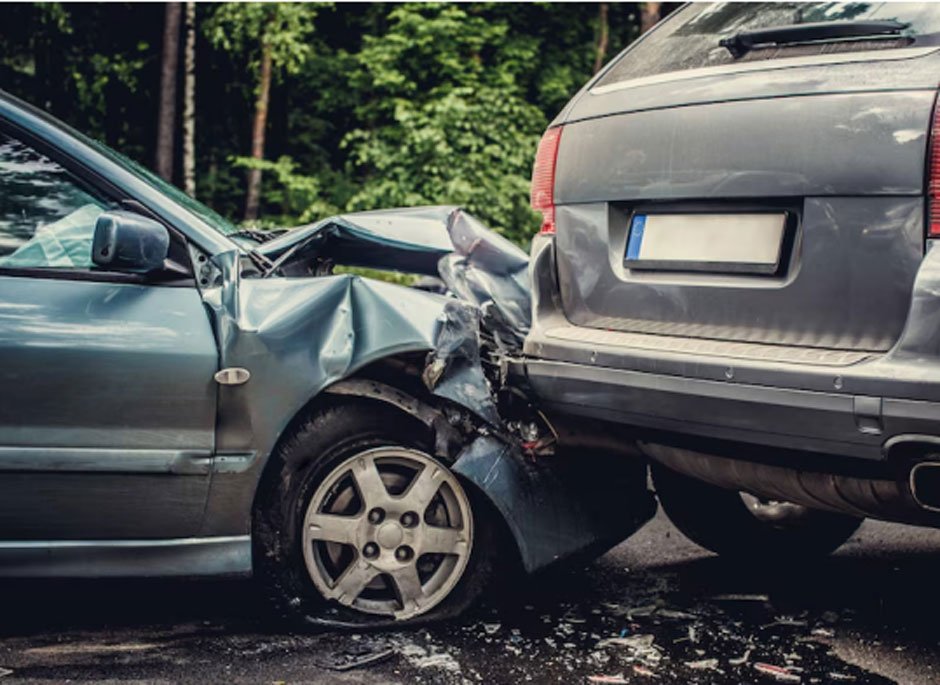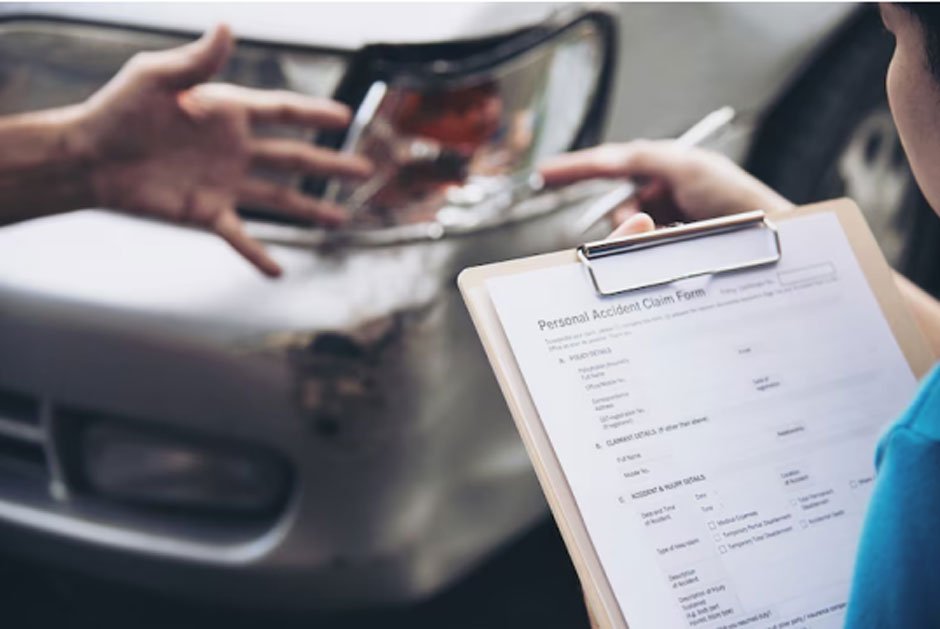Did you know Long Island is home to over 8 million people, accounting for approximately 42% of New York State’s total population?
With such soaring numbers, accidents and injuries are bound to occur, leaving the residents in a fix. Additionally, during the summer, when tourists and part-time inhabitants escape the city to enjoy the well-known beaches and wineries on the densely populated island, traffic congestion reaches an all-time high.
But the roads that connect the island are infamously clogged and, sadly, are among the state’s deadliest. Residents must, therefore, be aware of how to protect their rights in the event that they sustain a personal injury in a collision.
In New York, you usually bring a case three years after the accident due to the statute of limitations. This isn’t always the case; certain elements, such as local participation, can significantly shorten this period. However, consider settling your issues out of court before bringing a case.

If this happens, a knowledgeable Long Island auto accident attorney can tell you how long you must file a lawsuit or make an injury claim following the collision. Employing a knowledgeable lawyer to help you navigate the legal system is highly recommended by law companies.
With an attorney, you can navigate this complex procedure with much more ease. Let’s discuss the steps further.
How Common Are Long Island Car Accidents?
Motor vehicle traffic accidents are the second major cause of injury-related hospitalizations and the fourth significant cause of injury-related mortality in Suffolk County. According to a recent report, road crashes cause an average of:
- 11 dead residents
- 122 resident hospitalizations
- 1,466 resident emergency department visits and treatments
On the other hand, according to the NYS DMV open data portal, the county experienced 42,285 collisions in 2019. Due to these accidents:
- Two thousand eight hundred thirty-eight residents sustained serious to moderate bodily injuries that necessitated emergency department treatment or hospitalization.
- One hundred fifteen persons have died.
Steps To Take Immediately Following a Car Accident
After an accident, give yourself an “SEC” to gather yourself and complete critical duties first.
1. Stop Your Vehicle and Assess the Damage
Finding a corner to park in the event of an accident should be your priority. Verify whether you or any other passengers in the vehicle have been harmed during the incident. If yes, consider dialing 911 for emergency assistance.
In minor incidents, pull to the closest shoulder or a safe spot to avoid disrupting traffic. Examine any damage after all participating cars have stopped, including injuries, fatalities, or property damage.
2. Seek Medical Attention
As discussed earlier, the first thing to remember is your and your passengers’ safety. As Long Island car accident lawyers will tell you, getting medical attention as soon as the accident occurs is critical.
If you need to contact an ambulance, be examined. Even if you feel OK, you could have hurt something you aren’t even aware of. The same is true for any passengers in your vehicle. If medical personnel are on the site of your car accident, you should get checked out.
3. Exchange Information with the Involved Parties
New York law requires people involved in an accident to exchange information. Keep the talk to a minimum. You do not want to admit any liability.
Simply exchange information and receive:
- Driver’s name
- Driver’s address
- Driver’s phone number
- Driver’s insurance (information should include the insurance company’s name, policyholder, and policy number)
You should also obtain a description of the driver’s vehicle, license plate number, and “VIN” (vehicle identifying number).
4. Report the Accident

Unless the accident is minor and merely requires exchanging information with the motorist, call the police or 911. Provide the dispatcher with important information regarding the crash so that the appropriate emergency responders may be dispatched.
After the responding officers have prepared a report, obtain a field report or at least the “CC#” that appears at the top of the report. Then, you can get the whole accident report from the police agency that responded to your collision.
The Suffolk County Police Department’s website describes the process for getting a crash report, which can be done by visiting the Suffolk County Police Headquarters or their online request page.
Evidence to Collect Following a Car Accident
Try to gather evidence as soon as possible following an automobile collision.
Some major pieces of evidence are mentioned in the rundown:
1. Photographs
Pictures depict the events of the accident.
Take photographs of all vehicles involved and take photographs of:
- License plates
- Property damage to the cars
- Points of impact
- Position of the automobiles on the roadway
- Damage to property other than autos
- Views of the roads for perspective
2. Video Footage
Many cars now have “dash cams,” which are video cameras stationed on the dashboard. Pictures tell the truth about the accident; films, when accessible, can be quite conclusive. Save a copy of the footage from any dashcam you or any other driver involved in the accident has.
An attorney would help you get additional kinds of video, like film from nearby traffic or surveillance cameras that caught the crash.
3. Ensure Your Medical Records Mention the Car Accident
Medical attention should be sought immediately following an accident. If you are suffering any discomfort, bodily function disturbance, or other symptom(s), go to the emergency room at the nearest hospital as soon as possible.
The insurance adjuster is required to document your injuries. Here, you must keep track of your:
- Medical treatment
- Medical expenses
- Time lost at work
- The impact of an accident on your daily life
An Attorney’s Role In Recovering Compensation

Should you suffer injuries in an automobile accident, an attorney can assist in your compensation fight. An attorney may follow many steps to build the best case they can. They mostly release your legal responsibilities so you may concentrate on healing from the damage.
Examples of how a personal injury attorney can help you get compensation after an injury are:
- Handle all contacts with the culpable party’s insurer; you don’t have to be concerned about accepting an offer that is too low because your attorney will try to ensure you don’t.
- Collect evidence from the collision to determine who was at fault.
- Explain the necessary documentation, such as medical records and bills, and assist you in keeping it organized.
- Speak with your doctor(s) to find out how your injuries affect your life. This can help your attorney prove that you suffered specific damages.
- Present all relevant facts to establish who is responsible for the accident and why you are entitled to compensation.
- Negotiate with the culpable party’s insurance and/or opposing counsel to ensure a fair settlement.
Final Thoughts
Each case is unique, and numerous aspects determine compensation value. Thus, it is impossible to estimate a probable settlement or verdict with the utmost accuracy.
A professional car accident attorney, on the other hand, can decide if victims have a good case worth pursuing for compensation. Ultimately, they would assist you with the paperwork, gather vital evidence from where the accident occurred, and file for losses (if there are any).









